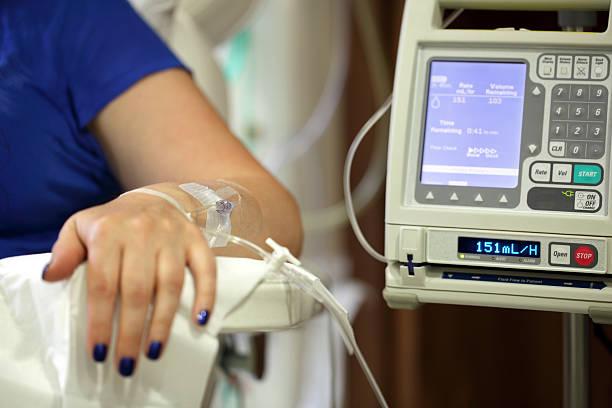The Patient-Controlled Analgesia (PCA) market has seen substantial growth in recent years, driven by advancements in technology and a growing demand for personalized pain management solutions. However, the market also faces several challenges that hinder its full potential. These hindrances include regulatory hurdles, safety concerns, high costs, limited awareness in certain regions, and technological limitations. Addressing these challenges will be crucial for the continued expansion of PCA systems in healthcare settings.
1. Regulatory Challenges and Compliance Issues
One of the major hindrances in the PCA market is the complex regulatory environment surrounding opioid use. Regulatory bodies are increasingly tightening guidelines to combat the opioid crisis, which directly impacts the design, approval, and use of PCA devices. While these regulations aim to enhance patient safety, they also lead to delays in the introduction of new products and innovations. Manufacturers must ensure that their PCA pumps comply with strict safety standards, including dose limits and lock-out mechanisms, which can increase development costs and time-to-market. Additionally, inconsistent regulations across different countries and regions create barriers to the global adoption of PCA systems.
2. Safety Concerns and Overdose Risks
Despite the many benefits of PCA pumps, safety concerns continue to be a significant barrier to their widespread adoption. The risk of opioid overdose remains a serious issue, particularly with the improper use of PCA pumps by patients. While modern PCA devices are equipped with safety features such as dose limits and alarms, there is still a risk of accidental overdose if the device is not used properly. This concern has led some healthcare providers to limit the use of PCA pumps or opt for alternative pain management methods. Ensuring that patients fully understand how to operate PCA devices and monitoring their usage are critical to mitigating these risks.
3. High Costs and Economic Barriers
The high cost of PCA systems, including both the devices themselves and the associated maintenance, is another major hindrance to market growth. While PCA pumps are effective, the initial investment required for hospitals and healthcare institutions can be significant. Additionally, the ongoing costs of maintenance, training healthcare providers, and ensuring compliance with regulations can be a financial burden. This can be particularly challenging for smaller healthcare facilities or those in developing regions, where budget constraints may limit the availability of advanced pain management solutions.
4. Limited Awareness and Accessibility in Emerging Markets
The PCA market faces limited awareness and accessibility in certain regions, especially in emerging markets. Although PCA pumps are widely used in developed countries, their adoption in regions such as Asia-Pacific, Latin America, and Africa remains relatively low. Factors such as lack of awareness among healthcare professionals, limited training, and insufficient healthcare infrastructure contribute to the slow adoption of PCA systems in these areas. Furthermore, the availability of advanced pain management solutions is often limited in these regions, which can hinder the global expansion of the PCA market.
5. Technological Limitations and Device Complexity
While PCA pumps have benefited from technological advancements, the devices themselves remain complex to operate and maintain. The user-friendliness of PCA systems is still a concern, as many pumps require specialized training for both healthcare providers and patients. In some cases, patients may find it challenging to navigate the settings on the pump or to self-administer doses correctly. Additionally, although modern PCA devices include advanced features, such as real-time monitoring and automated dose adjustments, these technologies are not universally available, particularly in smaller or resource-limited healthcare settings.
Conclusion
The Patient-Controlled Analgesia market faces several obstacles that hinder its growth potential, including regulatory challenges, safety concerns, high costs, limited awareness in emerging markets, and technological limitations. Addressing these barriers requires continued investment in research and development, improved safety protocols, global regulatory harmonization, and efforts to enhance the accessibility and affordability of PCA systems. With the right strategies in place, the PCA market can overcome these hindrances and continue to provide effective pain management solutions to patients worldwide.



